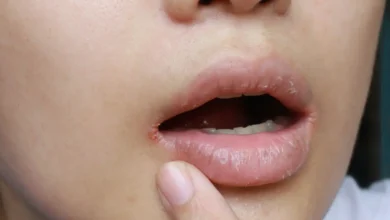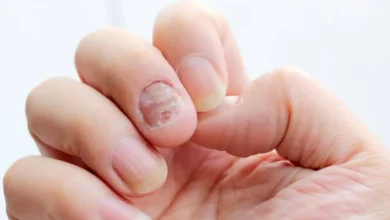4 Natural Mouthwash Recipes for Bad Breath
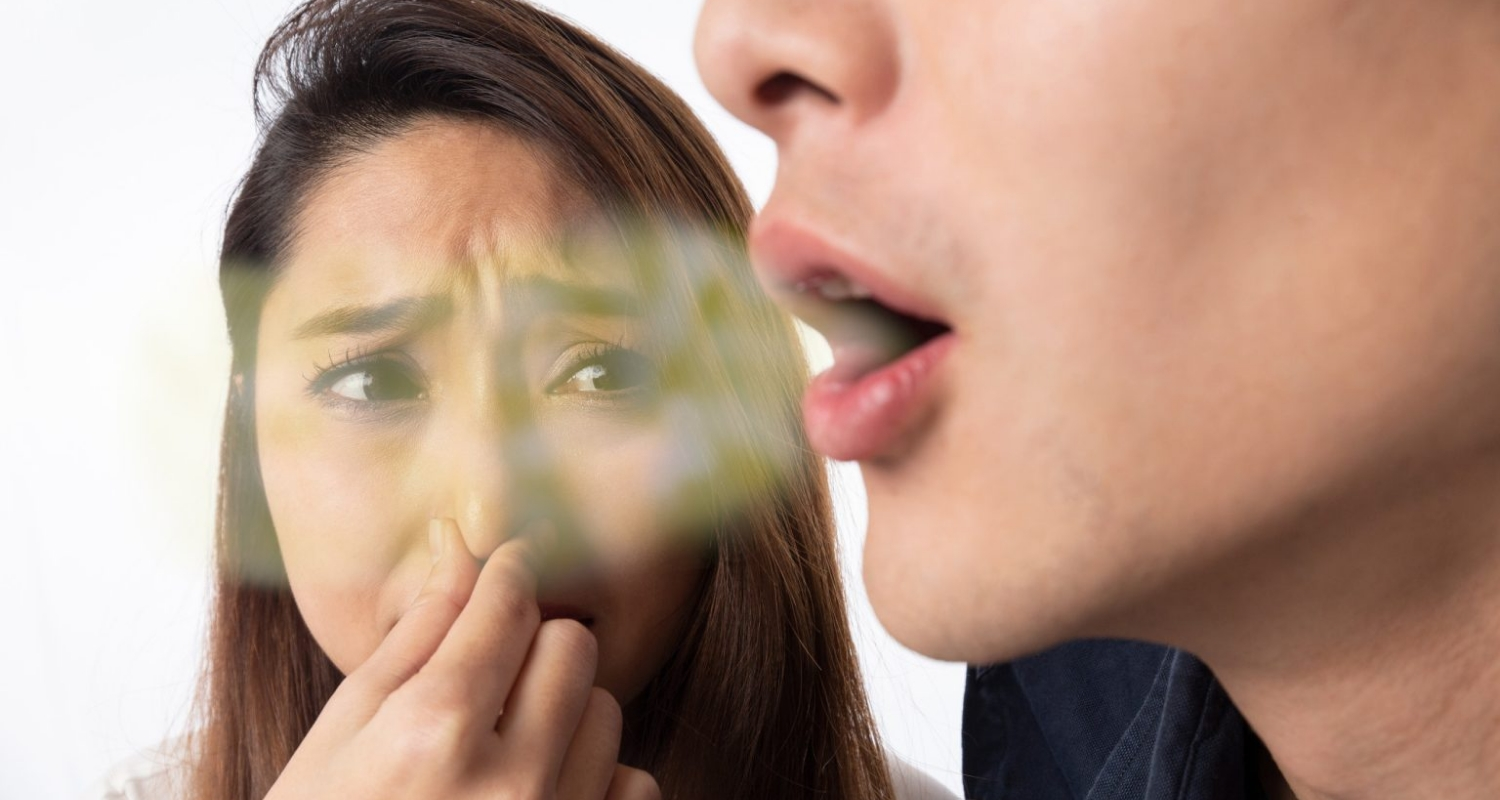
Maintaining good oral hygiene goes beyond just brushing your teeth. Mouthwash is a complementary tool in the oral care regimen that adds a layer of protection, flavor, and freshness to an already important routine. However, the conventional mouthwashes found on grocery store shelves may contain artificial colorings, preservatives, and other chemicals that raise concerns for some health-conscious individuals.
For those looking for a more natural approach to oral health, DIY mouthwashes are an excellent alternative. Not only are they free from unnecessary additives, but they can also be tailored to your specific oral care needs. This blog post will explore four simple and effective natural mouthwash recipes that can help combat bad breath and promote overall oral health.
Understanding Natural Mouthwash
Commercial mouthwashes often contain alcohol and other potent ingredients to kill bacteria and mask odors. However, this overuse of strong chemicals can lead to oral microbiome imbalance and can sometimes exacerbate bad breath in the long run. On the other hand, natural mouthwashes can provide a more balanced and gentle approach to oral care. They use ingredients with antibacterial, anti-inflammatory, and pH-balancing properties to fight bad breath and uphold oral health.
The concept of DIY natural mouthwash is not just about avoiding chemicals; it’s an opportunity to harness the benefits of nature’s ingredients and create a product that is both effective and safe.
DIY Natural Mouthwash Recipes
Recipe 1: Peppermint and Tea Tree Oil Mouthwash
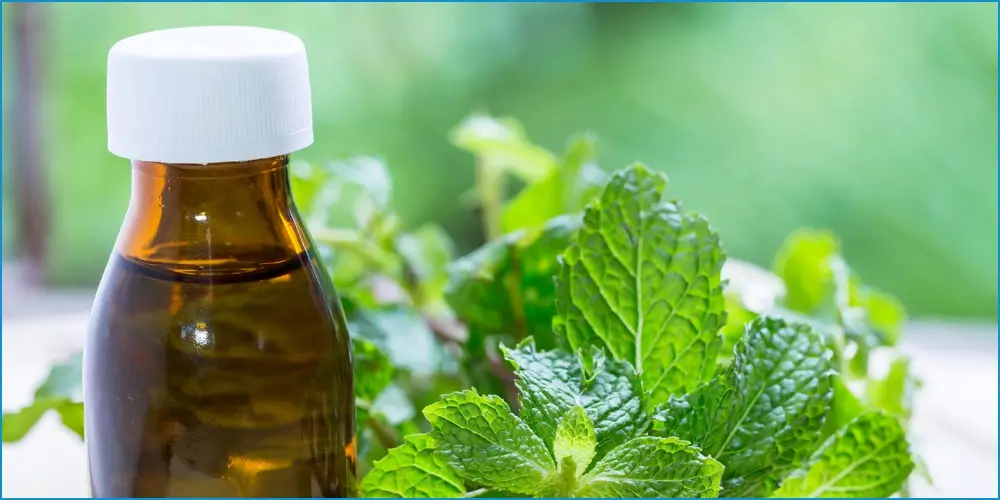
- Ingredients:
- 1 cup of distilled water
- 1 teaspoon of peppermint oil
- 2-3 drops of tea tree oil
- Instructions: Combine all ingredients in a clean bottle and shake well before each use. Use half an ounce and swish in your mouth for 30 seconds.
Peppermint oil provides a refreshing flavor and is known for its antibacterial properties. Tea tree oil is also antibacterial and can help reduce gum inflammation.
Recipe 2: Clove and Cinnamon Mouthwash
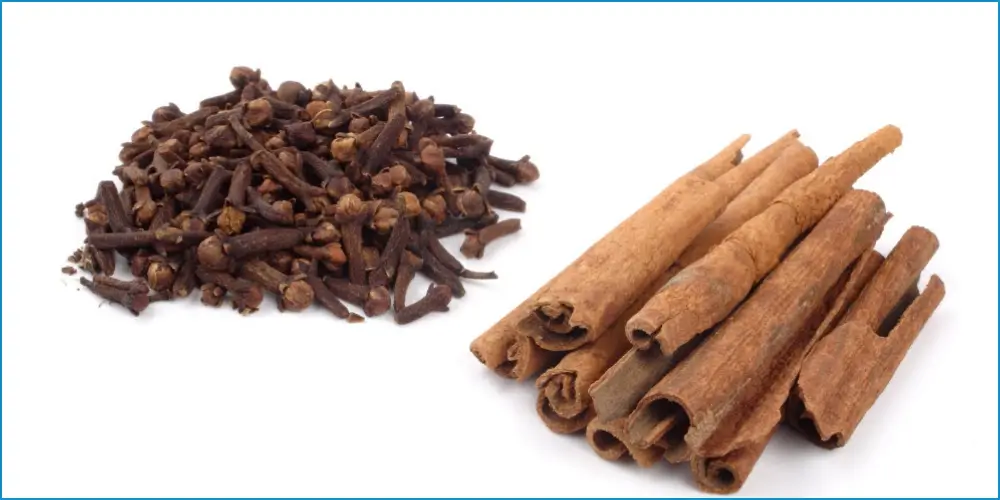
- Ingredients:
- 1 cup of distilled water
- A handful of cloves
- A cinnamon stick
- Instructions: Boil the water with the cloves and cinnamon stick for 5 minutes. Strain and cool the mixture before use. Use half an ounce and swish in your mouth for 30 seconds.
Clove has been used for centuries as a pain reliever and has natural antiseptic properties. Cinnamon is antibacterial and adds a warm, spicy twist to your mouthwash.
Recipe 3: Lemon and Sage Mouthwash
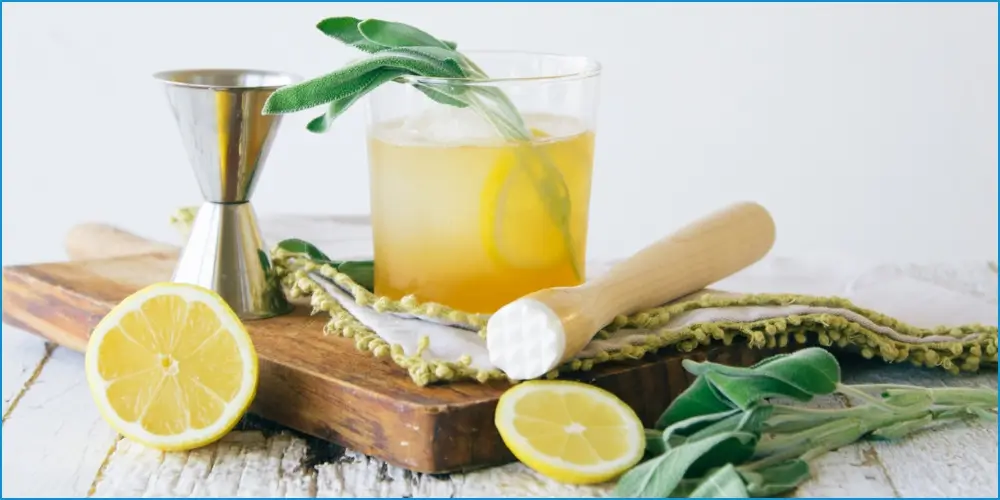
- Ingredients:
- 1 cup of distilled water
- Juice of half a lemon
- 2-3 fresh sage leaves
- Instructions: Combine all ingredients in a clean bottle and shake well before each use. Use half an ounce and swish in your mouth for 30 seconds.
Lemon’s acidity helps to maintain the pH balance in the mouth, and its scent provides a fresh smell. Sage is known for its antibacterial properties and can help reduce inflammation in the gums.
Recipe 4: Baking Soda and Water Mouthwash
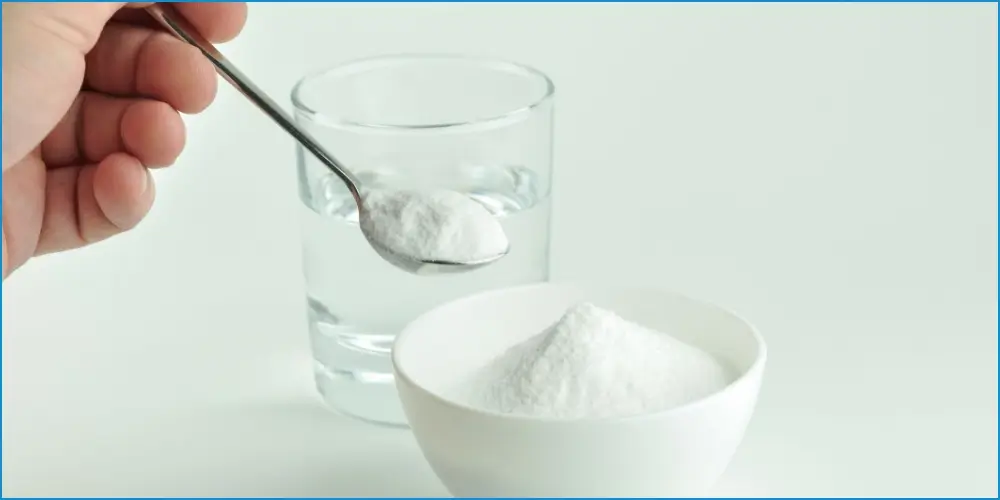
- Ingredients:
- 1 cup of warm water
- 1 teaspoon of baking soda
- Instructions: Combine the warm water and baking soda, then stir well until the soda dissolves. Use half an ounce and swish in your mouth for 30 seconds.
Baking soda is alkaline and helps to neutralize acids in the mouth. It also has abrasive properties that can help remove plaque and whiten teeth.
The Science Behind the Ingredients
Each ingredient in the natural mouthwash recipes serves a specific purpose in tackling bad breath and maintaining oral health.
- Peppermint oil has menthol, which provides a fresh flavor and anesthetic properties, making it effective against bad breath and toothaches.
- Tea tree oil is a powerful antibacterial and anti-fungal that can help fight against tooth decay and gum diseases.
- Clove contains eugenol, a compound with anesthetic and antibacterial properties, effective against toothaches and gum disease.
- Cinnamon’s cinnamaldehyde has anti-fungal, anti-viral, and antibacterial properties, making it a versatile mouthwash ingredient.
- Lemon juice, although acidic, can help maintain a desirable oral pH level in small quantities and has mild antibacterial properties.
- Sage is known for its anti-inflammatory, anti-viral, anti-fungal, and antiseptic properties, making it a great addition to soothing mouth tissues and fighting oral bacteria.
- Baking soda’s alkalinity can help reduce acidity in the mouth, a common cause of bad breath. Its abrasiveness makes it effective in cleaning and whitening teeth.
In using these natural ingredients, you’re not just freshening your breath; you’re contributing to a wholesome oral care routine.
Expert Insights
Dr. Mark Hyman, a proponent of natural health and wellness, supports the use of natural oral care products. He suggests that we often add to our oral health problems with chemical-laden solutions and that going back to basics with simple, natural ingredients can often be more effective.
Various studies and expert opinions support the efficacy and safety of using natural mouthwashes as part of an oral care routine. These mouthwashes can serve as a preventative measure for dental diseases and bad breath without the potential downsides of some commercial products.
Tips for Long-Term Oral Health
Naturally, these mouthwash recipes are just one part of the puzzle when it comes to maintaining good oral health. It’s essential to brush your teeth at least twice a day, floss regularly, and eat a balanced diet. Additionally, be sure to drink plenty of water and chew sugar-free gum to keep saliva production up, as saliva is the body’s natural defense system for the mouth.
Regular dental check-ups are also crucial in catching and preventing any issues before they escalate. Your dentist can provide personalized advice and treatment options to help maintain your oral health effectively.
Conclusion
In the quest for natural living and wellness, our oral care routines should also strive to be as pure as possible. The recipes shared here offer a simple and cost-effective way to keep your oral hygiene in check. By using natural mouthwashes, not only are you saying no to artificial additives, but you are also saying yes to the long-lasting benefits that come from supporting the body’s natural systems. Adapting these simple recipes into your daily regimen could be the fresh start you need for a healthier mouth and a more confident smile.
FAQ
Q: Can these natural mouthwash recipes replace my commercial mouthwash?
A: While these natural mouthwash recipes can be a great addition to your oral care routine and offer benefits like reducing bad breath and supporting gum health, they may not entirely replace the benefits of commercial mouthwashes that contain specific ingredients for dental health. It’s best to use them alongside or in rotation with your regular products, depending on your oral health needs.
Q: How long can I store these homemade mouthwashes?
A: Most homemade mouthwash recipes can be stored for up to a week, especially those without perishable ingredients. Keep them in a cool, dark place, and always use a clean container to avoid contamination. Recipes with lemon or other perishable ingredients should be used within 2-3 days.
Q: Are there any side effects to using these natural mouthwashes?
A: While natural mouthwashes generally have fewer side effects than commercial ones, some ingredients, like lemon juice or baking soda, can be harsh if used excessively. Always follow the recommended usage, and if you experience any discomfort or adverse reactions, discontinue use and consult with a dental professional.
Q: Can children use these natural mouthwash recipes?
A: Yes, children can use most of these natural mouthwash recipes under adult supervision. However, be mindful of any allergies or sensitivities, and perhaps avoid using essential oils for very young children or those with sensitive mouths. Always consult with a pediatric dentist if unsure.
Q: Is it necessary to use distilled water for these recipes?
A: Using distilled water is recommended to ensure that there are no contaminants that could affect the efficacy or safety of the mouthwash. However, if distilled water is not available, boiled and cooled tap water can also be used as an alternative.
